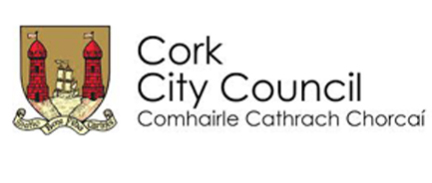Throughout history, people around the world have turned to games, sports, and other pastimes for entertainment to while away their free time. In Cork, games of skill and of chance have always played a role in people’s daily lives. With each new group of people who invaded the region, and with new discoveries, the choice of games and pastimes changed. Nevertheless, the artifacts held at the Cork City Museum provide a vital link with the past and reveal some of the activities which residents of Cork in ages past used for entertainment.
Many varying styles of board games were played in the past, which required an equally wide variety of gaming pieces. They ranged from pegged pieces, which were stuck into the board, to simple two-sided chips or tokens with or without holes in the middle as well as hand-carved chess pieces. Several of these small artefacts have been found during excavations of Cork’s medieval city centre. These pieces were made from different materials and the surviving examples were crafted from wood, bone, ivory and antler. Sixteen bone or antler gaming pieces, along with four wooden pieces, were found at the site of Christ’s Church.
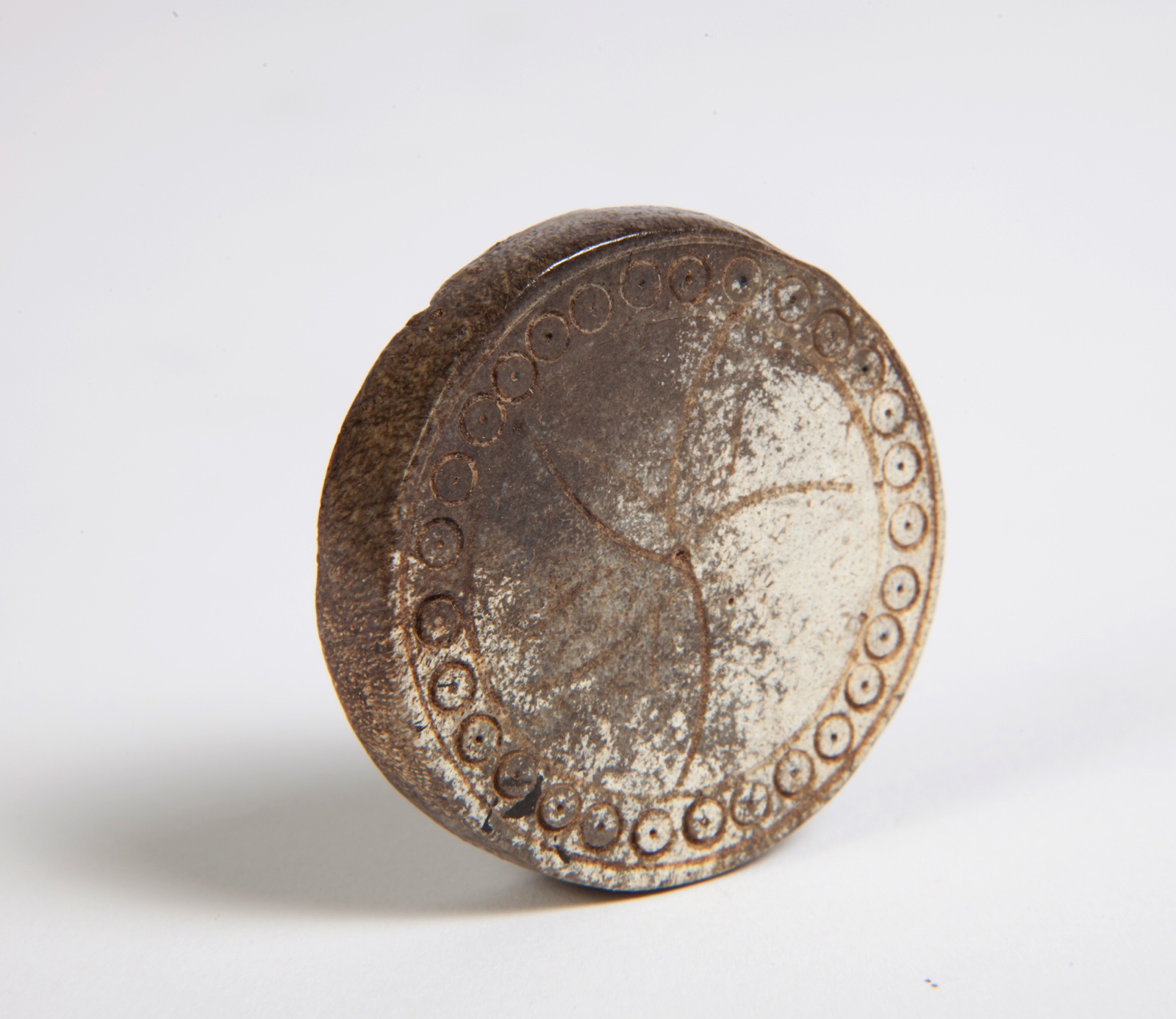
The oldest gaming pieces recovered consist of two wooden and three bone pieces dated to the Viking age. These game pieces are tall figures of varying shapes; the bone pieces have flat bottoms and are similar in shape to onion bulbs. The two wooden pieces are also varied in shape, one like the bone pieces, while another one loosely resembles a spruce tree, with three downward facing conical shapes stacked on top of each other. The latter piece has a peg, which allowed it to be placed into the holes on an early game board, such as the Hnefetafl board recovered from the Ballinderry Crannog.
Most of the gaming pieces in the Museum are flat discs made from bone, they date to the later medieval period. These pieces are often decorated on one side and plain on the other; in addition, some of them may have been painted on one side. This would allow the two sides to be easily distinguished during gameplay. These pieces may have been used to play board games such as ‘9 Men’s Morris’ or ‘Tables’, an older version of draughts.
A few pieces came from medieval chess sets. These included three wooden pieces, two of which probably represented knights and one a pawn, and two bone pawns. The bone pawns bear geometric carvings, which may reflect the early origins of chess in the Islamic world.
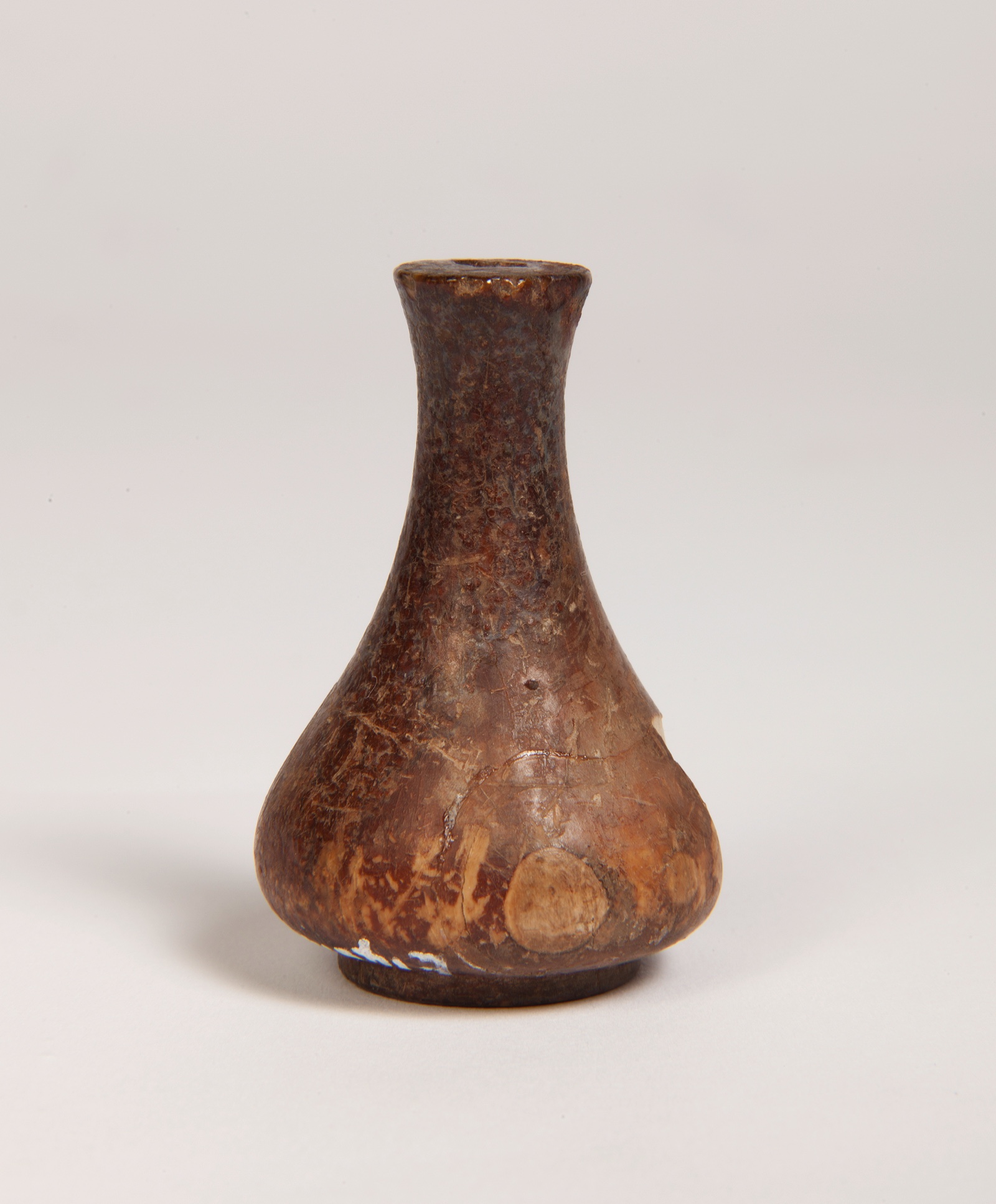
The four dice from Christ’s Church follow a 13th-14th century opposing numbers format, called ‘primes’, of 1/2, 3/4 and 5/6. One die from South Main Street followed the opposing numbers format, called ‘sevens’, common to both ancient Roman and modern dice, whereby each opposing number pair adds up to seven, as 1/6, 2/5 and 3/4. Due to its excavation location, this die cannot be precisely dated, however, it is unlikely to be from the same era as the other dice.
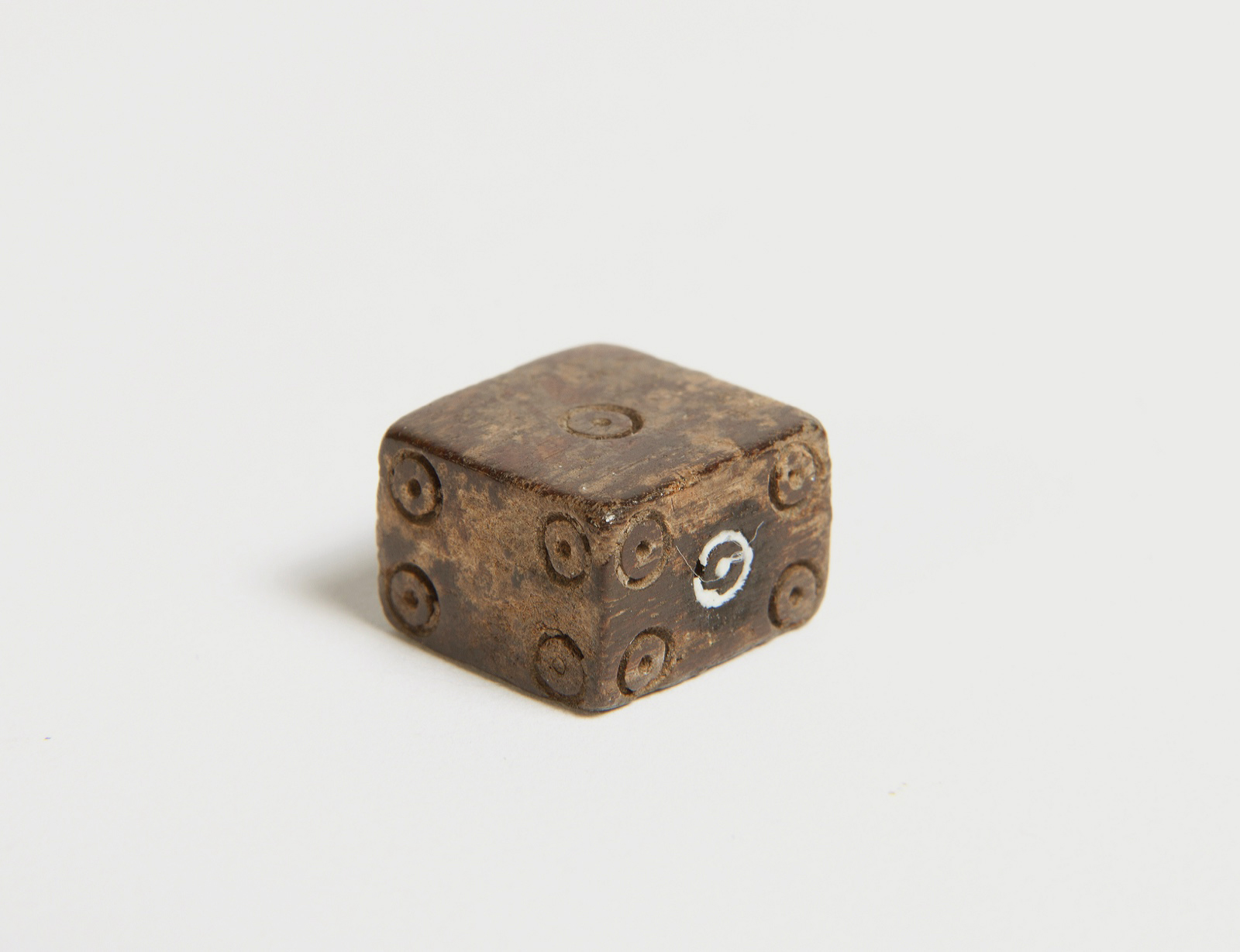
The sizes of four of the dice are nearly identical, but one die from the Christ’s Church site is significantly larger. All of these dice are highly irregular in shape, where one opposing pair of sides is much larger than the others. Among the dice from Christ’s Church, in three examples the sides 1/2 are largest, and thus the most likely to land up. In the fourth example, the sides 3/4 are most likely to be landed on. In the die from the South Main Street, the sides 1/6 are most likely to land face-up. Testing was done with one example, which found the most probable two numbers on that die had an 85% likelihood, or roughly five out of six throws, to land upward.
The irregular shape of these dice may have been caused by imperfect craftsmanship, or may have been an attempt at crooked dice, used to cheat at games. While it is difficult to prove that any crooked die was intentionally made for cheating, dishonesty was a significant problem in medieval dice games, so much so that laws were made with harsh punishments for those caught cheating. Indeed, cheating was so common that literary sources sometimes used names to differentiate between types of crooked dice, including the terms ‘flat’ and ‘barred’ to describe them. In addition to gambling, dice were also frequently used in the late medieval world as part board games such as tables.
The board game ‘9 Men’s Morris’ was probably introduced to Cork by the Anglo-Normans following their invasion of Ireland. It is possible that some of the flat gaming pieces found in Cork were intended for use in this game. This particular board was inscribed onto a wooden cask-head, and a separate stone board was also recovered from the Christ’s Church site as well. While these boards were very simple,other gaming boards were far more elaborate, made of precious materials and worthy of royalty.
In addition to games, toys and sports were also enjoyed by the medieval population of Cork. Although Cork’s earliest roots stemmed from St Finbarr’s monastic settlement, the city itself was established by Vikings. With a rich history relating to the Vikings, the long ship was an important symbol of their past. A fragment of a toy long ship was found at the Christ’s Church site, with parallel examples found in Scandinavia and medieval Dublin, the most significant of the Irish Viking cities.
At the opposite end of the medieval world, after the Americas had been opened to European trade, rare and valuable resources reached Cork. The ‘wood of life’, lignum vitae, was imported from the West Indies to the city, where some of it was used to produce lathe-turned bowling balls in the 17th and 18th centuries. As a strong, high density wood, this material was especially suited for this purpose. Multiple bowling balls have survived from the early-modern era in Cork, including one from the Christ’s Church site.
Further Reading:
Carter, J. M., Medieval Games, Sports and Recreation in Feudal Society,Greenwood Press, 1992.
This special online exhibition has been compiled by
Emmanuel Alden, BA in History from Kutztown University, Pennsylvania. He is presently an MA student in Medieval History, University College Cork.
David O’Mahony, BA in History & Geography from University College Cork. He is presently an MA student in Medieval History, University College Cork.
All images by Dara McGrath for Cork Public Museum
This online exhibition has been compiled as an online version of the exhibition that is on display in the permanent gallery of Cork Public Museum
Acknowledgments
This project is funded by Fáilte Ireland, Ireland’s Ancient East and Cork City Council.
![]()
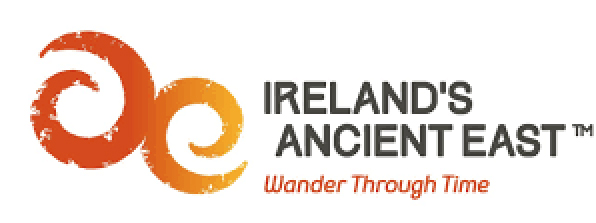 .
. 